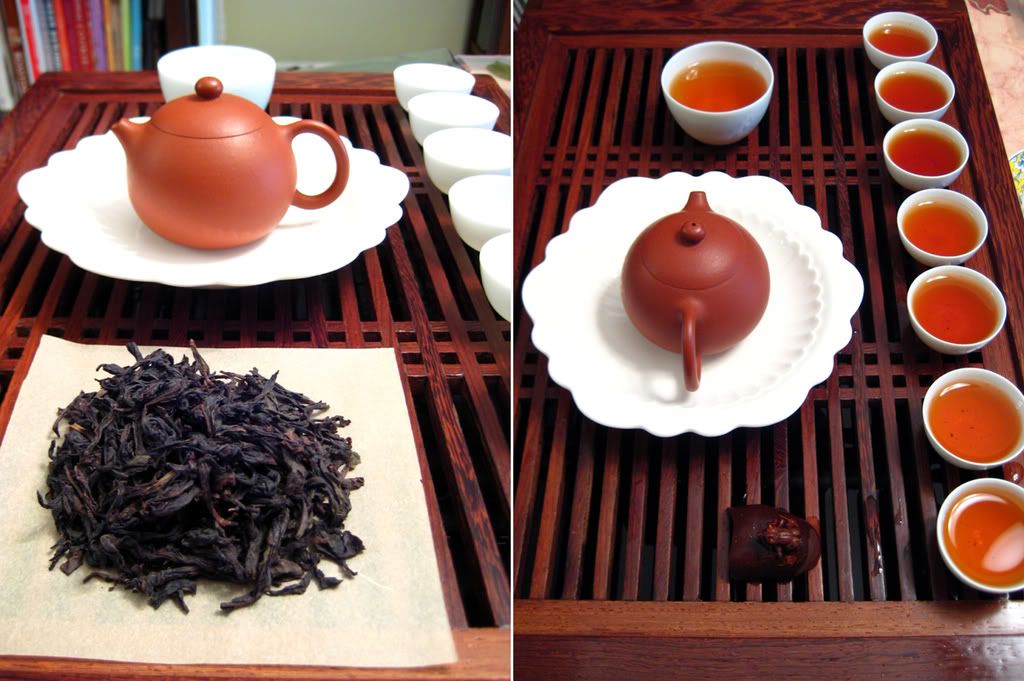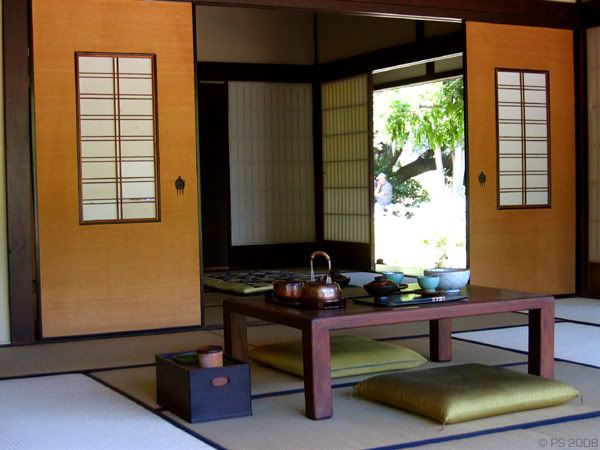SCMP
Get the brew down to a tea

Interest in traditional Chinese tea-making techniques is stirring again as a new generation learns to appreciate the art, writes Winnie Chung
AN ANCIENT Chinese proverb insists it is ‘better to go without food for three days, than tea for one’. While the hungry may disagree, it illustrates how integral a part of Chinese life those parched and shrivelled leaves are.
According to Chinese legends, the drink was ‘discovered’ by a mythical emperor named Shen Nong, who was known as the Divine Cultivator and the Divine Farmer, in the year 2700BC. Shen Nong had been sitting in the shade of a tea plant boiling water, when a breeze blew some leaves into the pot.
When he drank the infusion, he was amazed at its fragrance and how invigorated he felt. The emperor recommended it to his subjects, noting the beverage gave vigour to the body, contentment to the mind and determination of purpose . . . and the rest is truly history.
Yet, partly because of the depth of its history, the art of drinking tea has become somewhat lost amid the hustle and bustle of modern living. And it shouldn’t be this way, claims one tea expert.
‘Foreigners often pay more attention to our culture than we do ourselves, because we sometimes take things for granted,’ says Eliza Liu Tse-fong, chairperson of the International Chinese Tea Club and co-chairman of charitable organisation, Teaism Alliance Hong Kong. ‘Tea has a special place in our lives. You can find it at the most elaborate and grand ceremonies and you can find it at very casual gatherings so it is quite an intimate friend.
‘You can learn a lot from drinking tea. It’s not just a matter of brewing the tea; it also helps cultivate tastes and culture as well as improve dispositions.’
The Tea Club caters only to its 1,000-plus members and has a 200,000 square foot farm in Fanling where it cultivated its own strains of Hong Kong oolong and Hong Kong longqing.
The club also runs a tea shop in Mongkok (Jabbok Tea Shop, tel: 2761 9133) and holds regular tea preparation and appreciation classes for the public.
Liu is delighted that more youngsters are showing interest in learning the art of tea appreciation – the club’s membership is on the rise, as are the number of tea shops in the city.
‘When tourists go to Taiwan or Japan, they often remark on how good the tea tastes. I think it is time to show tourists that Hong Kong also has good teas,’ she says.
What makes a good tea, and what is the right tea for the right occasion? Although we may know what kind of wine we want with a meal, and from which country, how often have we walked into a Chinese restaurant only to be stumped when the waiter asks what tea we want?
Liu says it is not difficult to make a choice, if we know the basic teas as we do wines. ‘They’re quite similar cultures really,’ adds Liu, who learned the art from tea master Yip Wai-man.
‘When you think of wines, you think about the origin of the wine, the weather of the area it came from, and the different aromas. When you drink wine, you look at the colour, you smell it and then you taste it. The same thing goes for tea,’ Liu says.
Just as we might order different wines to accompany different courses, similarly, there is no reason to drink just one kind of tea throughout a meal. Liu advises that for most Chinese meals, it is better to start off with a light tea such as jasmine (heung pin) or a lighter blend of Iron Goddess of Mercy (tieguanyin).
‘Anything stronger might affect the taste of the food later,’ she says. However, at the end of the meal – especially a heavy one – a strong, heavier brew such as pu’erh will help with digestion.
Teas can cost anything from several dollars to several hundred dollars an ounce, but expensive tea leaves don’t necessarily guarantee a good drink. The art of brewing, water temperature and the kind of paraphernalia used play a vital role.
‘The person brewing the tea is very important. If you have someone who doesn’t know how to brew, it doesn’t matter how expensive the tea is. But if he or she does, then they can bring out the aromas even in cheaper teas,’ says Liu. The key is to look at what kind of tea one is drinking, she adds. Chinese tea comes in five main categories: black/red, oolong, green, white and scented. The most popular belong to the first three categories, except perhaps jasmine which belongs the scented family.
‘Different categories of teas are best brewed with different pots and served in different cups. Black teas such as pu’erh, for instance, are best brewed in the bigger pots and served in bigger cups so the aroma can escape better. You also need to use boiling water to get the full aroma,’ says Liu.
‘Oolong teas, such as tieguanyin, are already quite aromatic so you don’t need big cups for them. However, because their leaves are usually balled up and will expand quite a lot when they are brewed, it is best to use a deeper pot and water temperature should be about 36.6 degrees Celsius.
‘Green teas don’t expand as much so the pots used for brewing that is more shallow. Ideal water temperature for green teas is between 24 degrees Celsius and 26 degrees Celsius.’
While she speaks, Liu heats the water, then pours it into the leaves in the pot. After it brews for a minute, she pours the liquid into a large cup. From there, she divides it into smaller tea cups and hands them to those assembled, ensuring the first and last cups of tea are of equal strength.
While it would be ideal to have different pots for each tea we drink, Liu acknowledges it is impractical. Even with a normal mug and tea strainer in the office, one can still make a cup to tempt colleagues’ taste buds.
‘Just make sure the water temperature is right and make sure the tea isn’t allowed to steep more than a minute or so. After you make the first brew, you can cover the leaves and strainer to maintain its aroma. That way you can brew it several times.’

